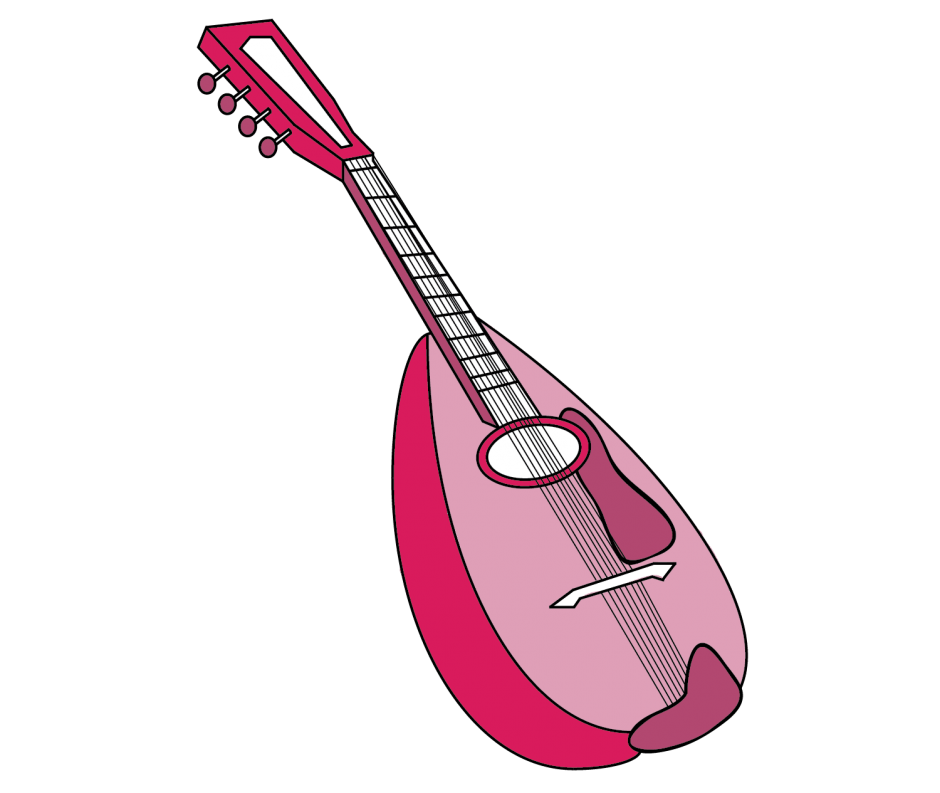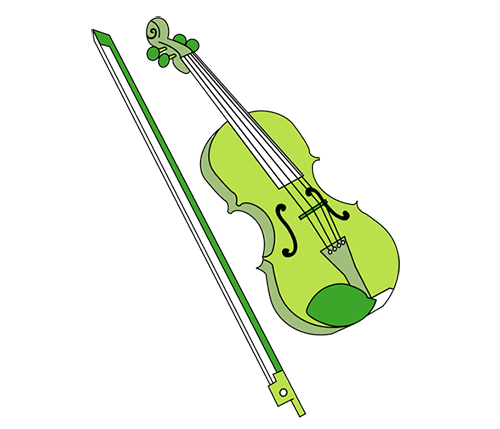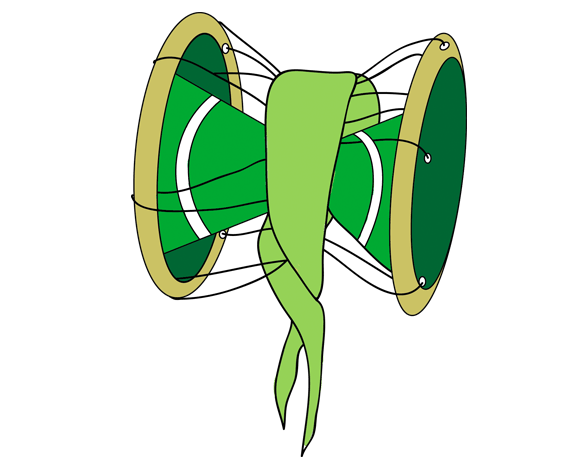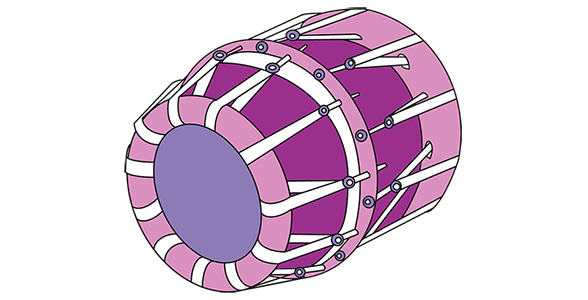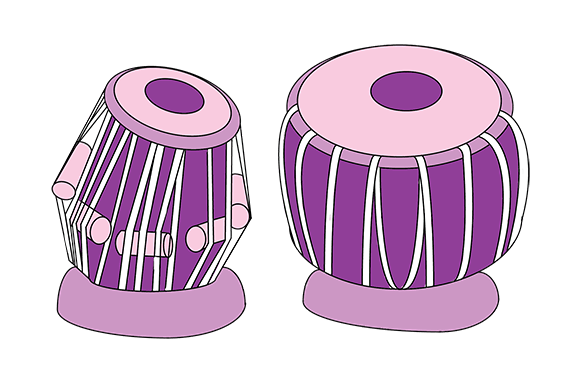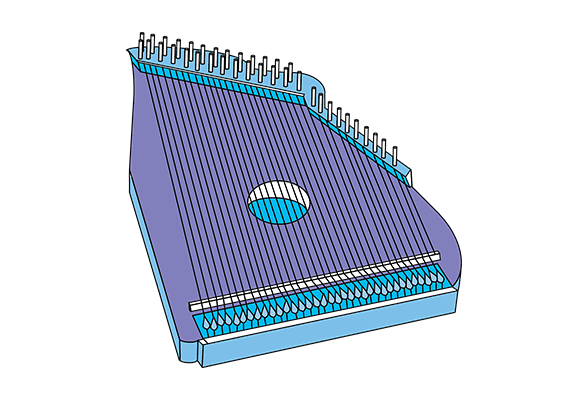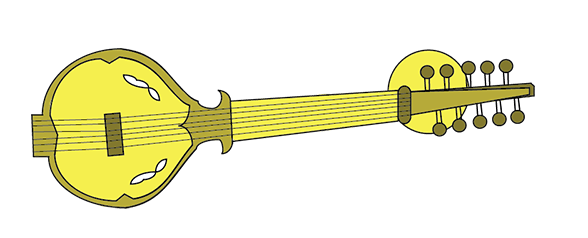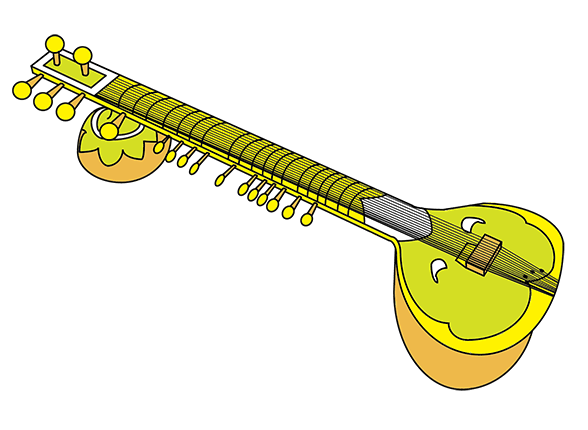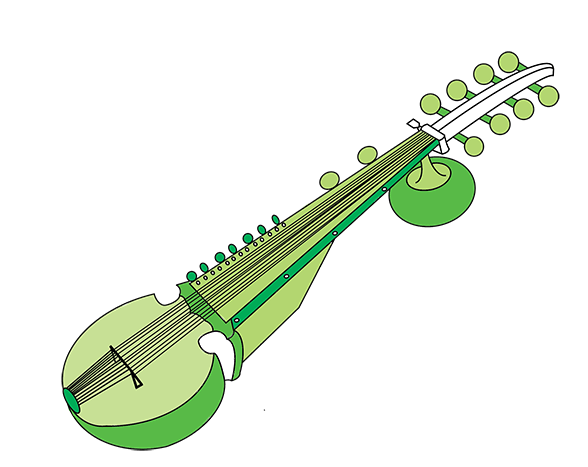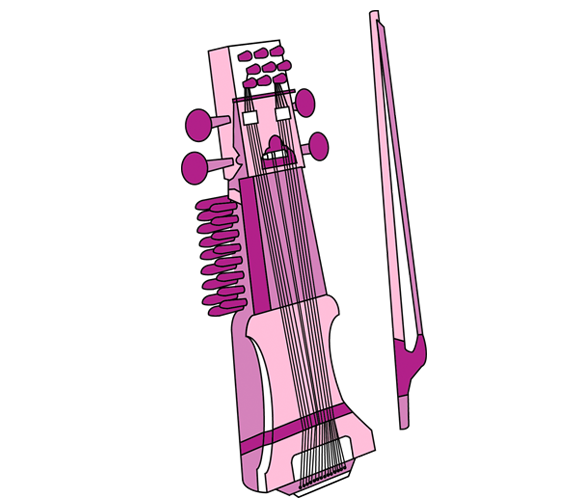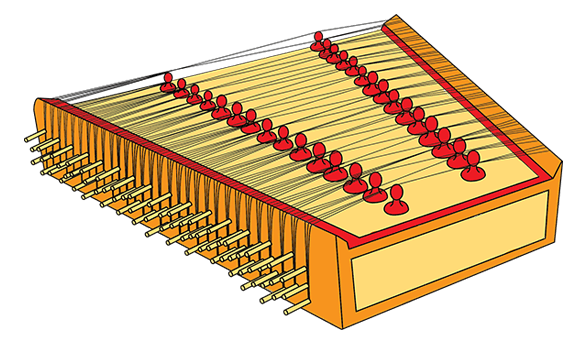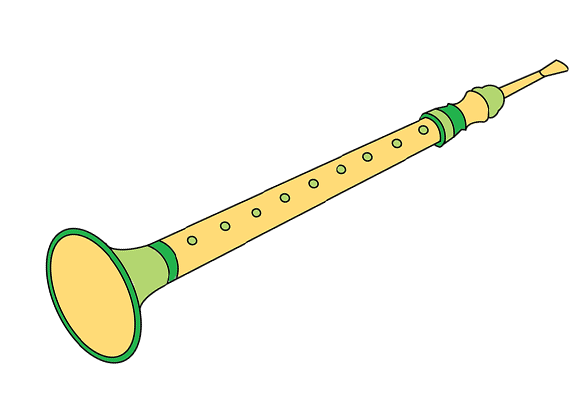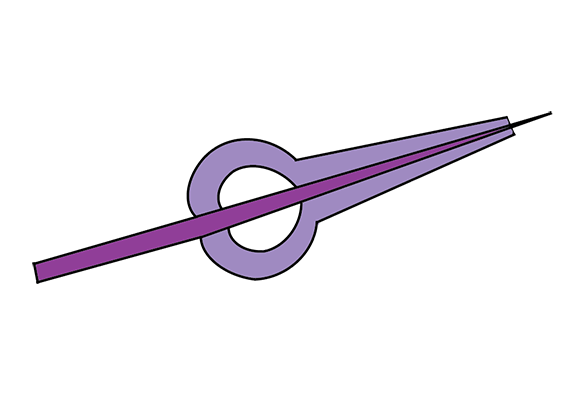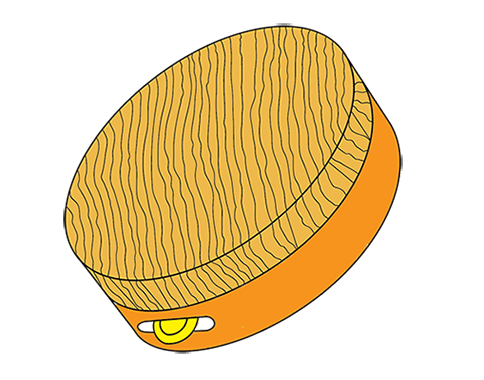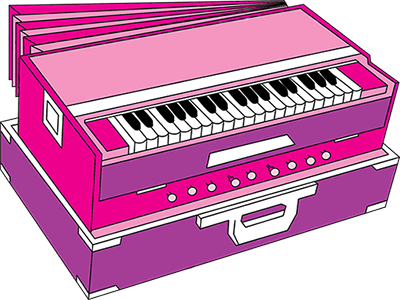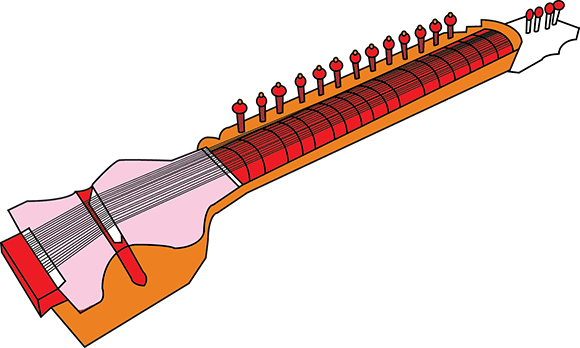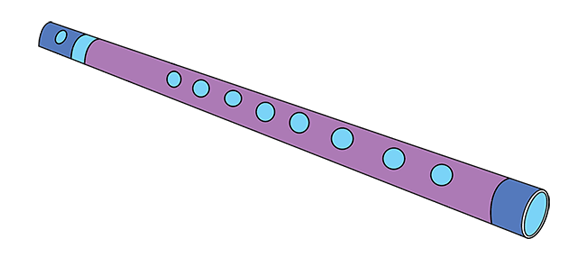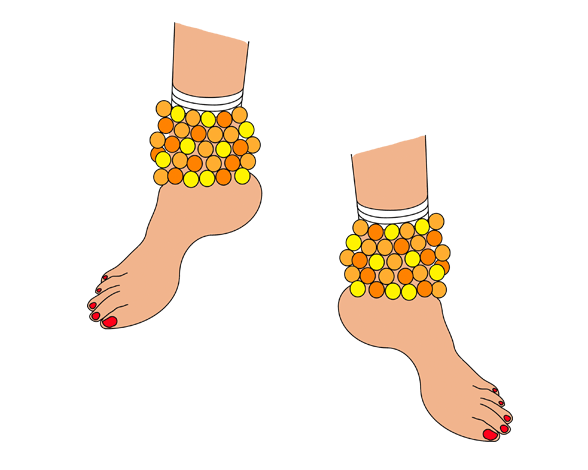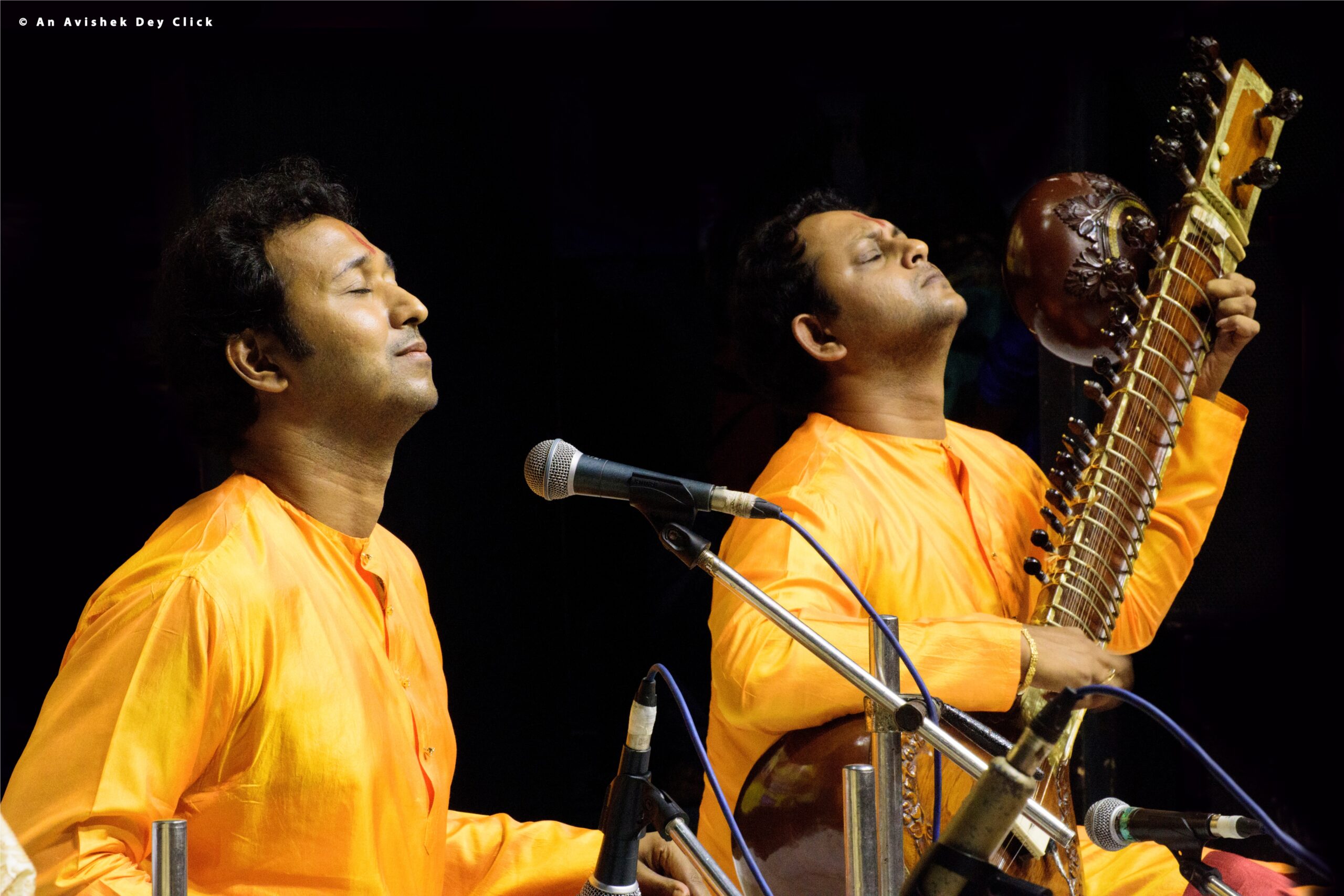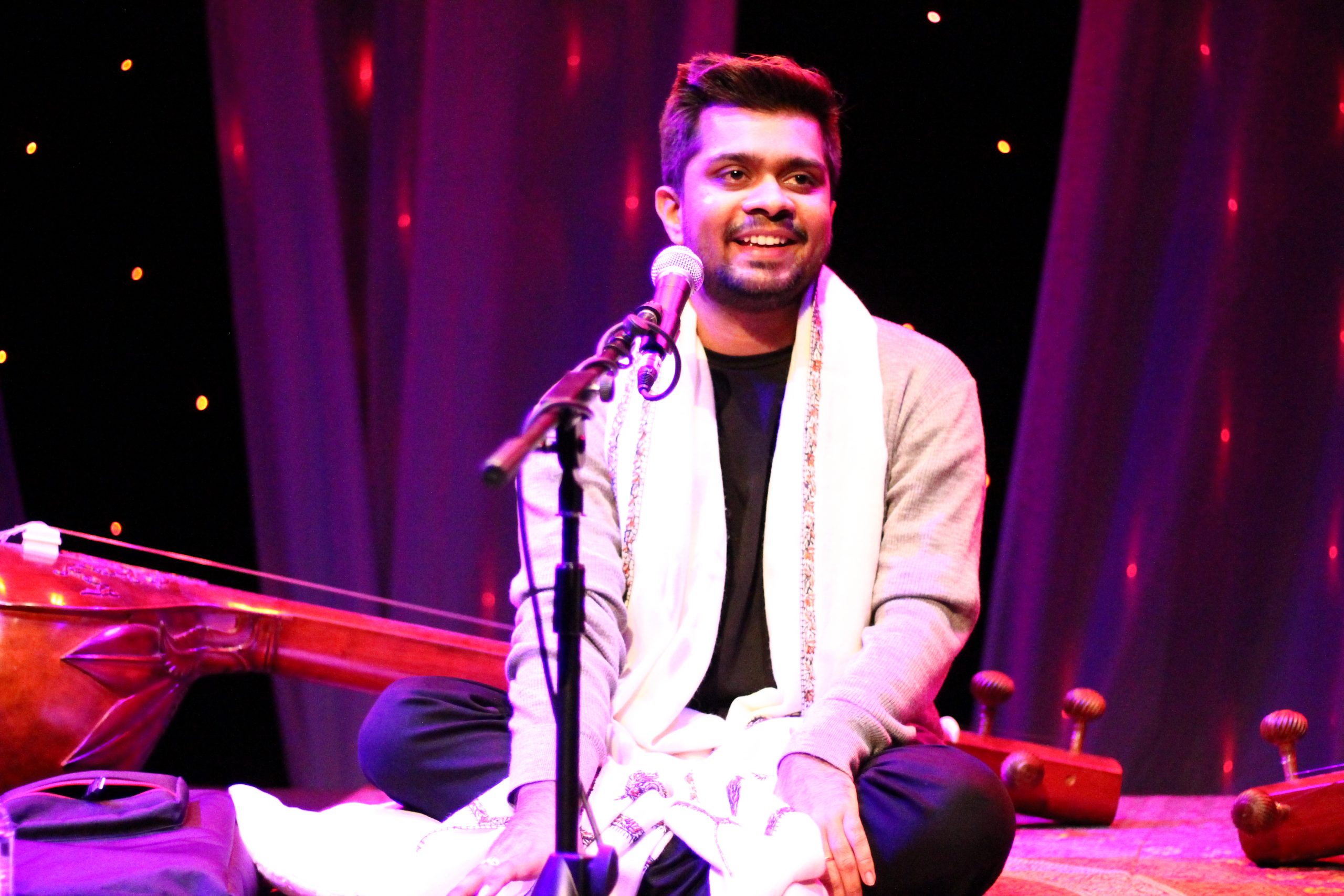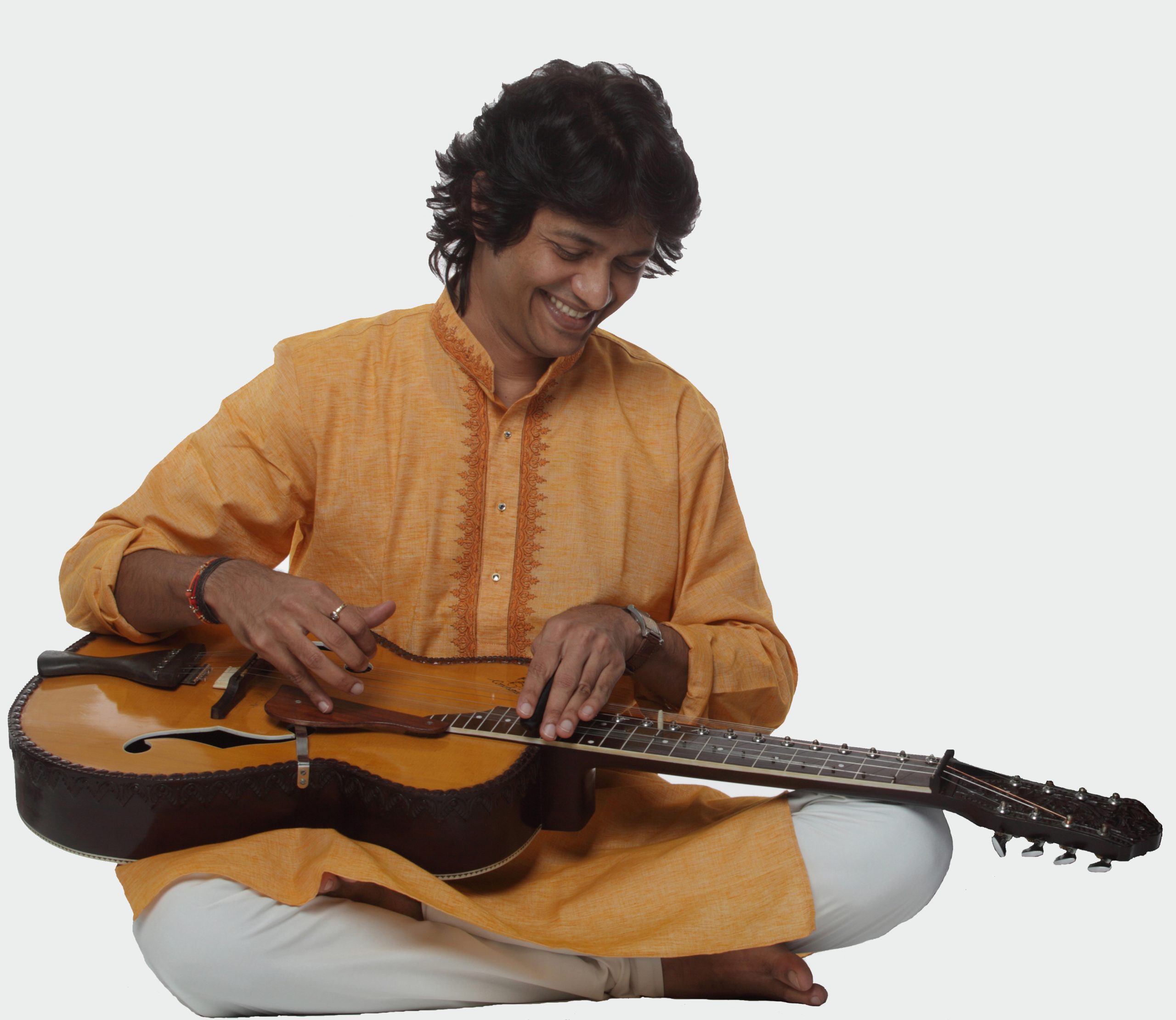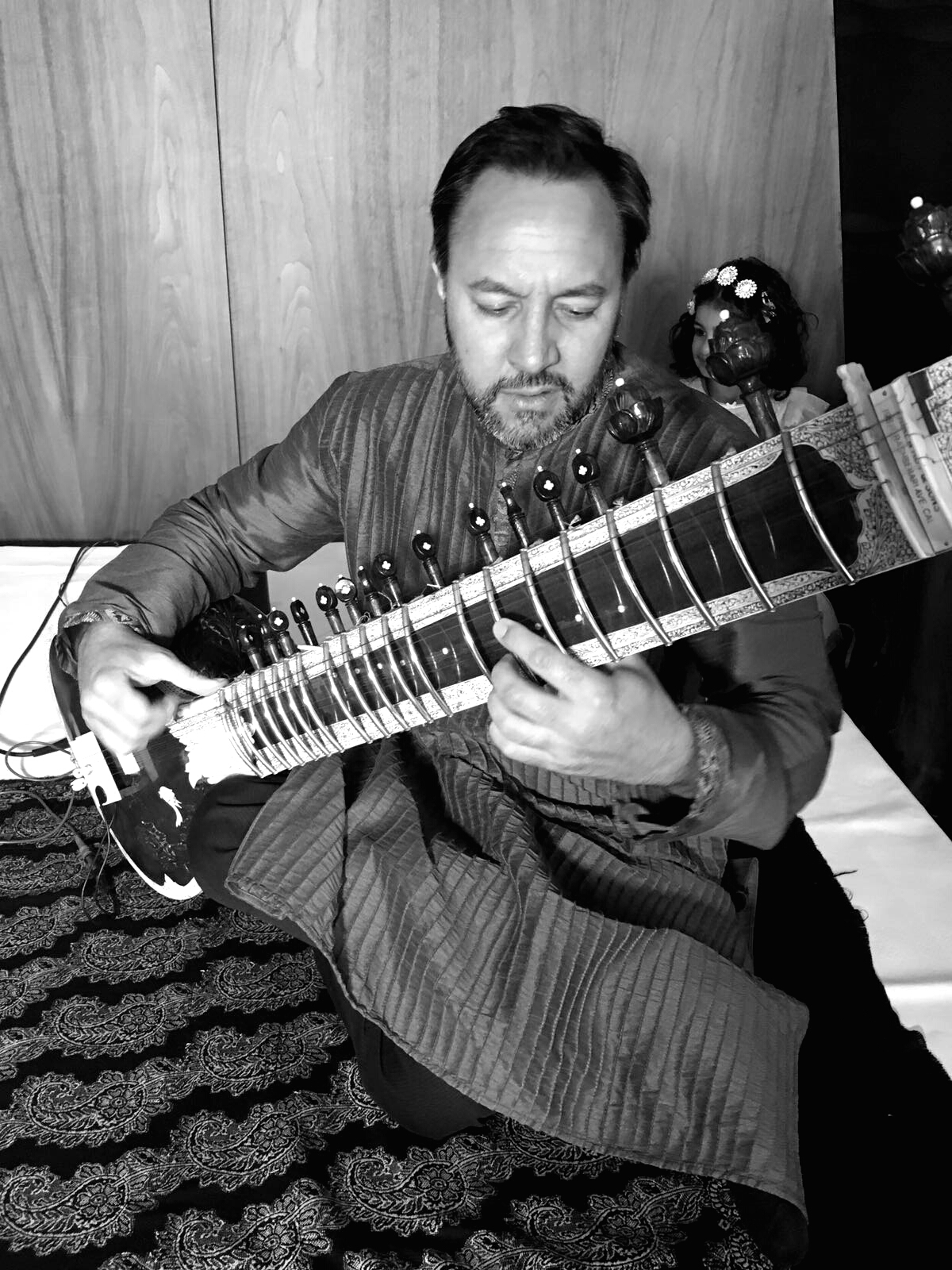The Tanpura
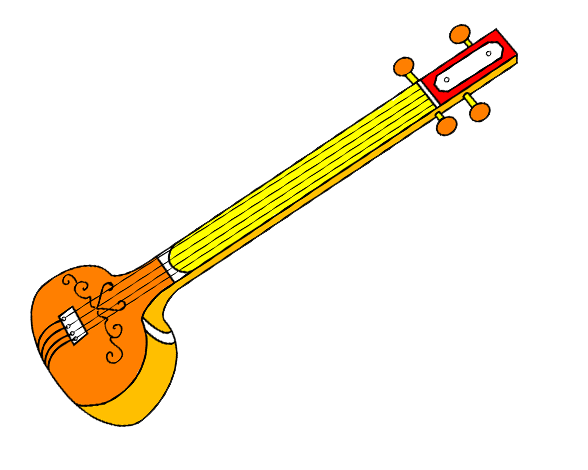
How The Tanpura sounds
The tanpura is an instrument that acts as the reference chord in Indian classical music. It has a resonator and 4 strings, but no frets, as the notes are always played whole. The name is derived from tana or musical phrase and pura or whole. It consists of a resonator, and a long neck at the end of which metal strings are attached that run over the whole body of the instrument.
Indian classical music is based on the concept of ‘shruti’ or drone, with each singer and instrument finding a base pitch that can comfortably encompass most notes.
Tanpuras are of several styles, the best known being Tanjore style- predominantly used by Carnatic musicians, Miraj style- used by Hindustani musicians, and Tamburi used by instrumental soloists. The Miraj style is made out of special dried gourd, while Tanjore style is made out of wood. Both are between 3 to 5 feet tall. The tamburi is smaller, with a flatter resonator.
Very often, students of the main musician play the tanpura while sitting slightly behind the main artists on stage.
discover Where it's from
The North, Hindustani
Performer Information

Performer Name: Rashmi Patel
Musical Tradition:
North, Hindustani
See The Tanpura in action
Did you know

The tanpura has 4 strings, typically tuned to Sa, Pa and upper Sa (the first, fifth and the upper octave of the first). For certain songs, they are tuned to Ma and Ni (the fourth and seventh noted of the major scale) as well. Some tanpuras have 5 and 6 strings also, but they are much rarer.
